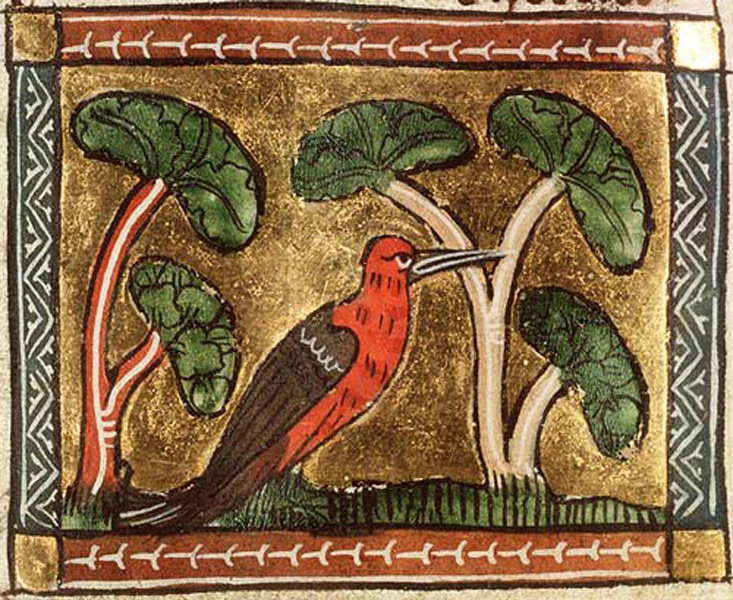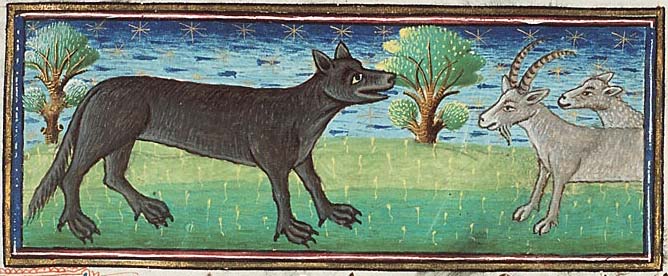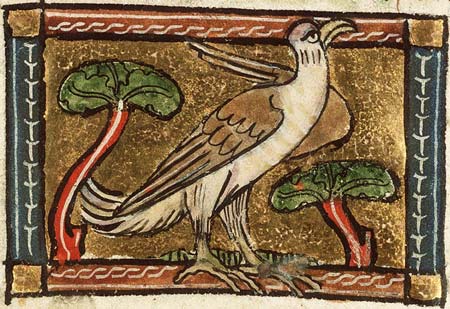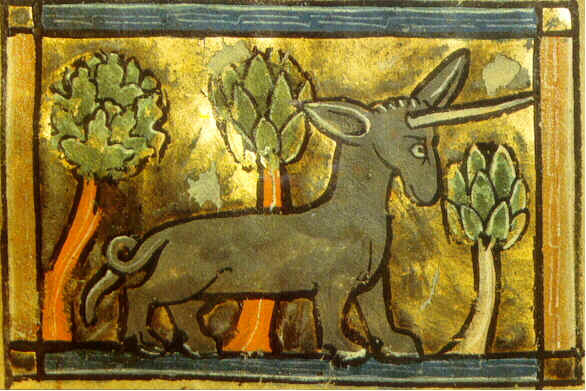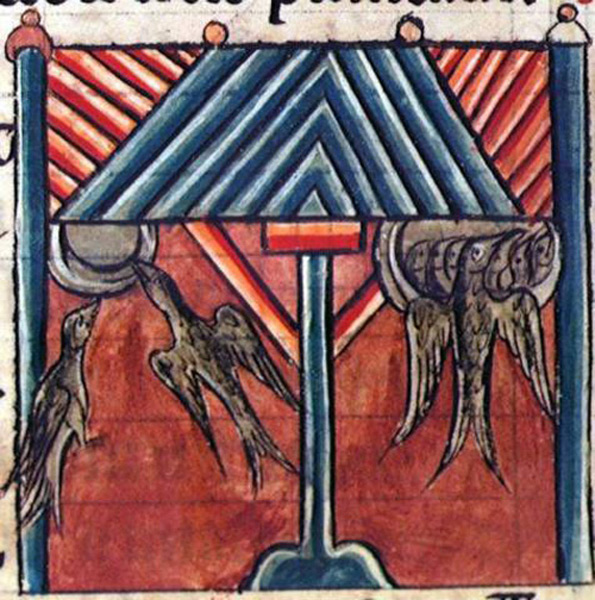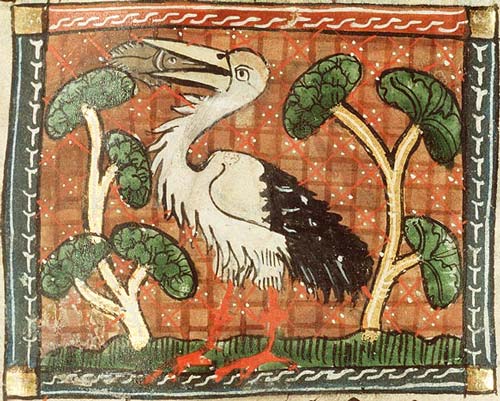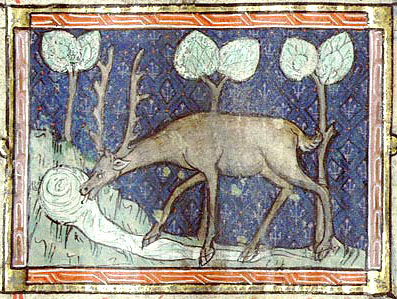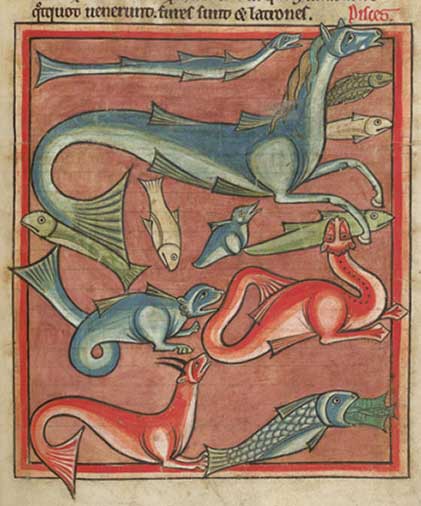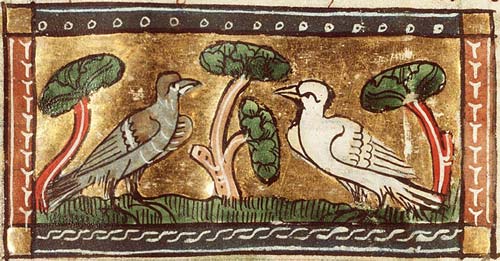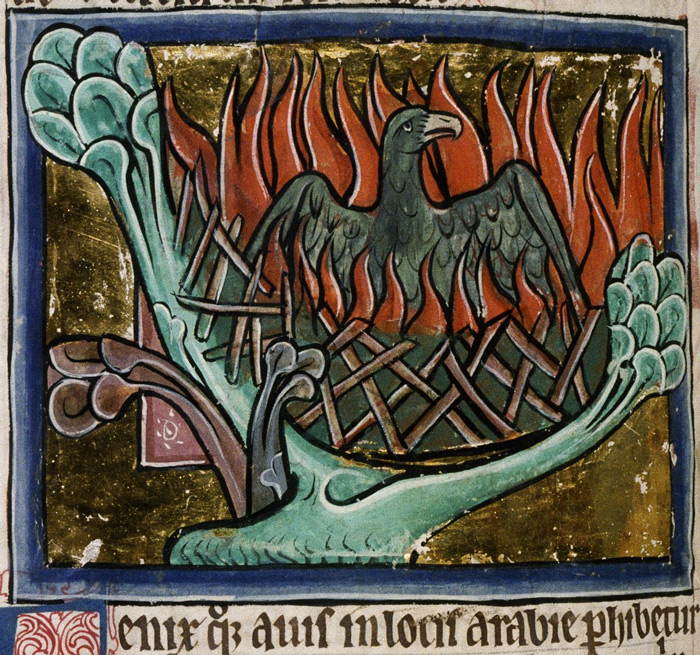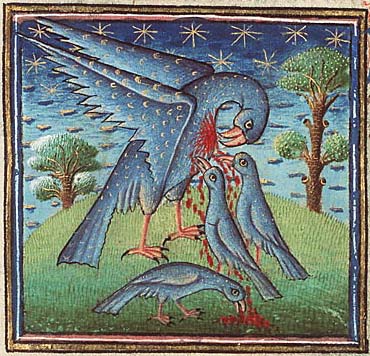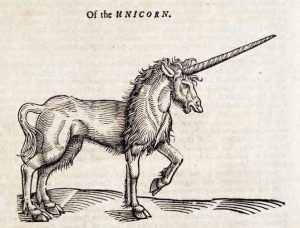Physiologus: Medieval Animal Art
The Physiologus is an ancient text, written somewhere between the 1st and 4th centuries AD. The book features drawings of animals, mythical and real, alongside short stories, explaining the animal’s general characteristics. The stories are designed to leave the reader with a moralistic, Christian perspective.
For instance, the mother pelican is said to feed its chicks from its own blood in a Christ-like way, nourishing its young and ultimately killing itself.
The author of the Physiologus is unknown, it seems this might have been intended as even the earliest versions of the book do not mention the writer. As the text was rewritten and republished in different languages, various figures have been attributed with its creation, including Solomon, Aristotle, Epiphanius of Cyprus, Basil the Great, Gregory the Theologian, Jerome, John Chrysostom and Peter of Alexandria.
The text was originally Greek but was translated into Latin around 400 AD, then Ethiopic and Syriac and later other medieval European languages including Serbian, Romanian, Russian and Bulgarian. Many of the translated editions included liberal smatterings of medieval art, and it was one of the most commonly read Christian publication.
The title – Physiologus – was not the original title, it just refers to the way each chapter starts: “the physiologus says” meaning the naturalist says. The book, it seems, was a great inspiration to early and medieval Christians across much of Europe, parts of North Africa and beyond. The Physiologus influenced the way different species were perceived for more than a thousand years.
Below is a selection of the animal art from various medieval translations of the Physiologus throughout the ages:

